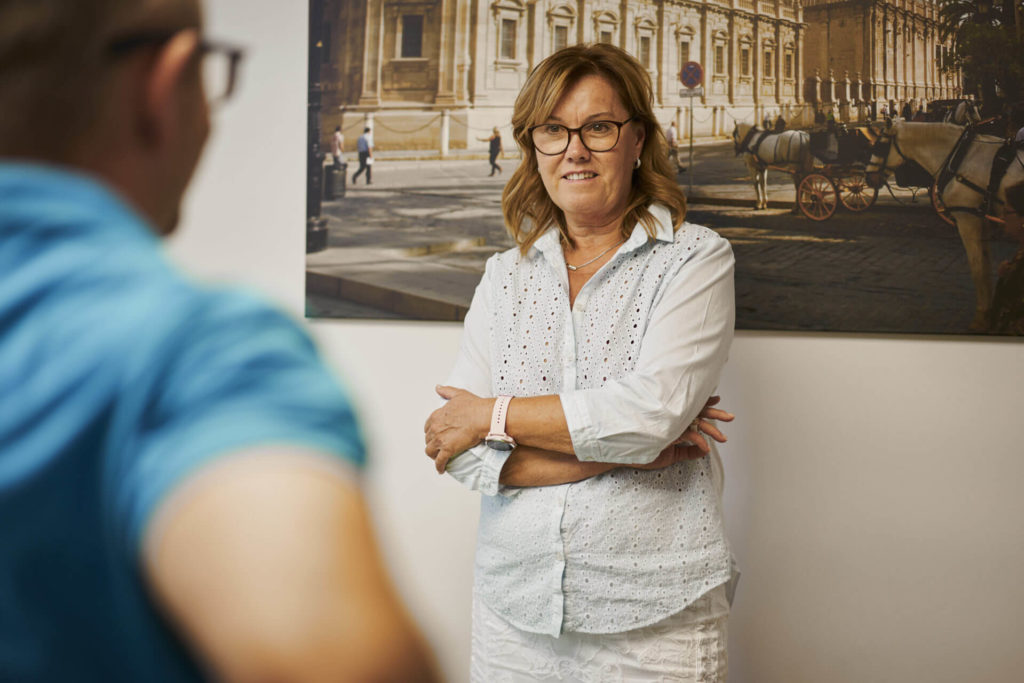The rapid development of new manufacturing technologies, industries, and power generation methods has made it easy for the ever-evolving human race to adapt and, in turn, enhance their quality of life. One innovation that has incessantly revolutionized the way manufacturing plants exist and function and allowed companies to get a move on their product development processes and production chains, has been the art of 3D printing.
Originally conceptualised in Japan in the 1980s, 3D printing as we know it today was pioneered by an American engineer, Charles Hull in the mid-1980s. His prototype for a process called stereolithography (SLA) involved acrylic-based materials that were turned from liquids to solids using ultraviolet light. A 3D printer as it existed then cost around $300,000 to purchase.
Today, 3D printing is becoming an integral aspect of any workplace and dentistry is no different. Dentists and orthodontists have been leveraging 3D printers to create durable, customized appliances, the most popular of which are clear aligners. Studies have reported that between 2017 and 2023, the dental 3D market will be growing at a CAGR of 23.2%, conveying a clear message of an unstoppable metamorphic effect in the dental industry. They value the beginning forecasted period at a $1.39 billion market value and end at a whopping $5.05 billion! In 2022 alone, it was estimated that as many as 500 million dental devices or restorations were being 3D printed out.
Owing to the recent transformations printers have undergone coupled with the advancements seen in resins and other materials, the adoption of 3D printing in dentistry was rather organic and seamless. 3D printers operate quicker and more cost-effectively than traditional clear aligner production methods. This has coerced many dentists and orthodontists to implement 3D printers into their practices to help improve workflow, grow their practice, and create a rich patient experience.
Outsourcing clear aligners
Dental practices often employ a third-party company to fabricate appliances like clear aligners for their patient base.
In the outsourcing business model, orthodontists take digital intraoral scans or impressions through conventional impression models of the patient’s mouth. These impressions are then sent to the partnered lab where technicians fabricate the device and mail it back to the practice. As you can tell, the dentist doesn’t have much say in the materials used and the techniques employed to create their custom aligners.
When it comes to turnaround time, it will greatly depend on shipping, the appliance type and whether the impression is physical or digital. Generally, fabricating dental appliances from physical models takes longer, typically around the two to the four-week mark. Fabrication using digital scans can take around one to two weeks to complete. After the dental office receives the clear aligners set, the dentist will schedule a follow-up appointment with the patient to ensure that they fit and function properly.
Many dentists favour outsourcing clear aligner manufacturing rather than doing them in-house. This is mainly to avoid investing in expensive 3D printing equipment and recruiting trained labour to operate these machines and the software program associated with this process. In the early 2000s, the software and hardware components used to make appliances would cost around $200,000, making them inaccessible to most dental practitioners. Today, however, the cost of 3D printers has lowered and dental practices can now send orders to local 3D printing-enabled dental labs to meet their needs.
Hybrid model
This model is fairly half-and-half. Dentists can use a desktop 3D printer for same-day services. These include the fabrication of simpler and less time-consuming appliances like night guards that can be manufactured and dispensed on the same day. For applications that take longer to fabricate such as entire clear aligner sets, the practice can then reach out to a dental lab or 3D printer-filled smart factory to complete operations
Offices that wish to adopt the hybrid model and gain full control over their 3D printing operations can invest in high-performance desktop printers to fulfil in-house aligner productions. They can also outsource excess demand to 3D printing dental lab so as to avoid clogging the production process and maintain production flexibility.
Completely in-house
Desktop 3D printers are perfect for rapid prototyping. As mentioned above, high-performance desktop 3D printers allow dental professionals to fabricate oral devices in-house, thus saving money on lab and shipping fees. Through in-house 3D printing, you can facilitate same-day delivery of clear aligners and ensure that your patient’s experience with your practice is comfortable and satisfactory. Older 3D printing processes required a highly trained expert to operate the hardware. However, newer systems, albeit requiring some level of operating expertise, are much easier to bring in-house.
New developments in 3D printing are achieving faster printing time and eliminating several post-processing steps. For instance, LuxaDent uses resins that print clear, so all the technician needs to do is buff down the contact points of the aligners and the device is ready for use.
Before committing to a 3D printing solution, ask yourself if your practice can afford to recruit and retain new personnel and invest in expensive equipment with an upfront payment. If this does not seem like a feasible measure for your practice, outsourcing your aligners to a white-label dental lab can profit you without any compromises on quality. Whatever may be the case, choose the model that best fits your practice and benefits your patients.

